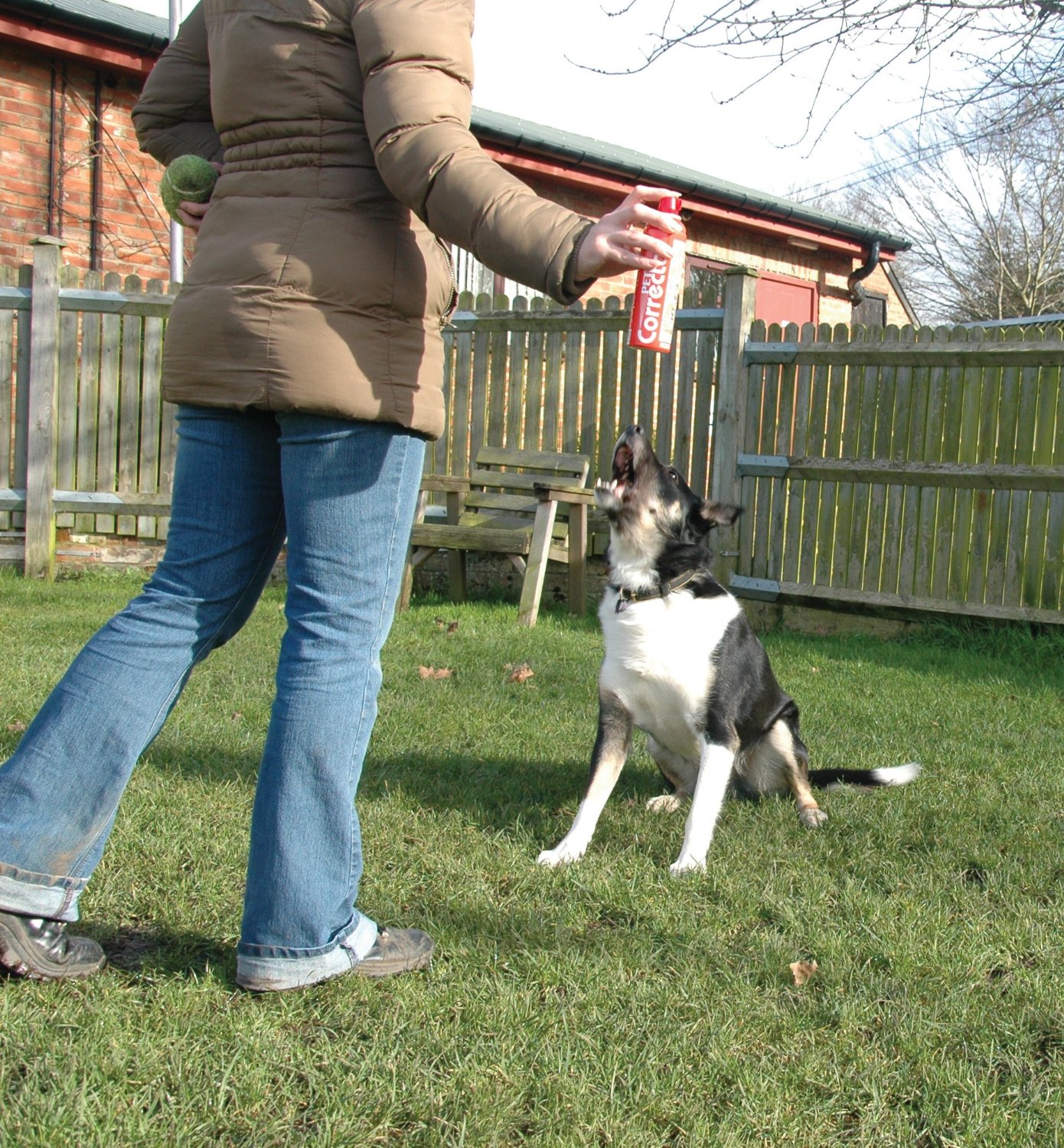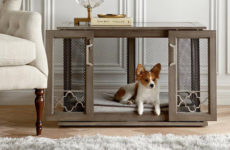Many pet owners are looking for an effective way to correct their respective dogs' untoward behaviors, and some consider trying out a pet corrector. The question that people usually ask is, is it a good option?
What is a Pet Corrector?
A pet corrector is basically a can of compressed air that emits a hissing sound or white noise when the lever is pressed in order to distract the dog. Once his attention is diverted, it is expected that he will stop whatever unpleasant thing he may be doing at the time and, eventually, learn not to do it anymore.
Why and When to Use a Pet Corrector
Some habits that a dog owner might want to stop include lunging, barking, or growling at people, other dogs, or even cars; climbing tables; stealing food; digging into the trash can; and more. Rather than scold the dog for committing serious misdemeanors, you can take his attention away from them. This is where a pet corrector comes into play.
The sound the pet convincer emits is supposed to be associated with danger, such as a hissing snake or a buzzing insect. Hearing it will divert his focus, thereby stopping the inappropriate behavior.
However, a pet corrector must not be used as a replacement for good training – it should only be used in serious situations. Also, you need to set the timing just right – while your dog is in the act of doing the deed – because it is meant as a distraction, not as punishment.
How to Use a Pet Corrector
Like most other things, a pet corrector spray should be used properly; otherwise, it will not be as effective as expected. Your dog might become desensitized or too accustomed to the sound if used too often or, worse, it could have negative effects. For instance, your four-legged friend might develop fear or the sound might bother other dogs within hearing range.
Here are some reminders about using a pet corrector:
· Do not use a pet corrector if your dog is sensitive to noise or is fearful or anxious.
· Before using one, you need to first test how sensitive your dog is to the sound. Conduct a test by operating it while you are more than 1 meter away from your pet.
· If your dog becomes excessively afraid or shows aggression in response to the sound, it's best to discontinue its use.
· Use the pet corrector only for serious behaviors and only while your dog is in the act of doing it.
· Use it for correcting one behavior at a time – not all misdemeanors all at once.
· Don’t use it on puppies – it is best to use positive training to correct negative behaviors before these become habits.
· Always read the manufacturer's instructions on the proper use, storage, and disposal.
Never point a pet corrector in your dog's direction and use only a short burst. It is the sound, not the sensation of the air, that will distract him. Do not direct it at his face.
Pet Corrector Reviews
Pet correctors have received a lot of positive reviews from dog owners and trainers, yet there are some others who don’t prefer this kind of method. For instance, a dog mom wrote on Keep the Tail Wagging that while her dog no longer jumps up as much, her pet also shows "an intense fear reaction" when she picks up the can. She doesn't want to her dogs be afraid of her.
In the same article, she mentioned that she knows a person from an animal rescue group and a veterinarian who use the device, both of who said that it should be used sparingly.
In Amazon, it received 5 stars from high percentage of reviews. The owners claimed that it worked for their dogs, stopped unwanted behaviors like excessive barking and jumping, and they only need to bring out the can to remind their pets to behave.
However, it’s also worth noting the small percentage that gives it 4 stars or less. Many of the unhappy customers said that after the first use, their dogs just ignored the sound. Some said that the pet corrector noise terrified the pets, while others dogs ended up barking more.
Pet Corrector Alternatives
While it doesn’t cost much to give pet corrector a try, if you find that you are not comfortable with this concept, you can consider other means of correcting your dog's negative behavior. For example, you may look into various training methods or positive reinforcements. Observe if your dog barks because he is scared or is informing you that there is something unusual. You might try desensitizing him to the cause or acknowledging that you heard him.
Another pet corrector alternative would be to use another item that makes a startling sound, as a member of the Dog Tricks Academy forum suggested. They used an airhorn twice (away from the dog so as not to hurt his ears), but the dog associated the sound with the horn and would become quiet when seeing it.
You can also try being more stern with your verbal correction. Just make sure that your dog understands what your command is for, and let him know what he should be doing instead.
Remember, it is not your pet who is "bad," it is the act. As a responsible pet owner, you need to first see why your dog displays such negative behavior in the first place. After all, there is likely a reason behind it, such as boredom or lack of exercise and/or training, and you can try to addressing the reason first.












